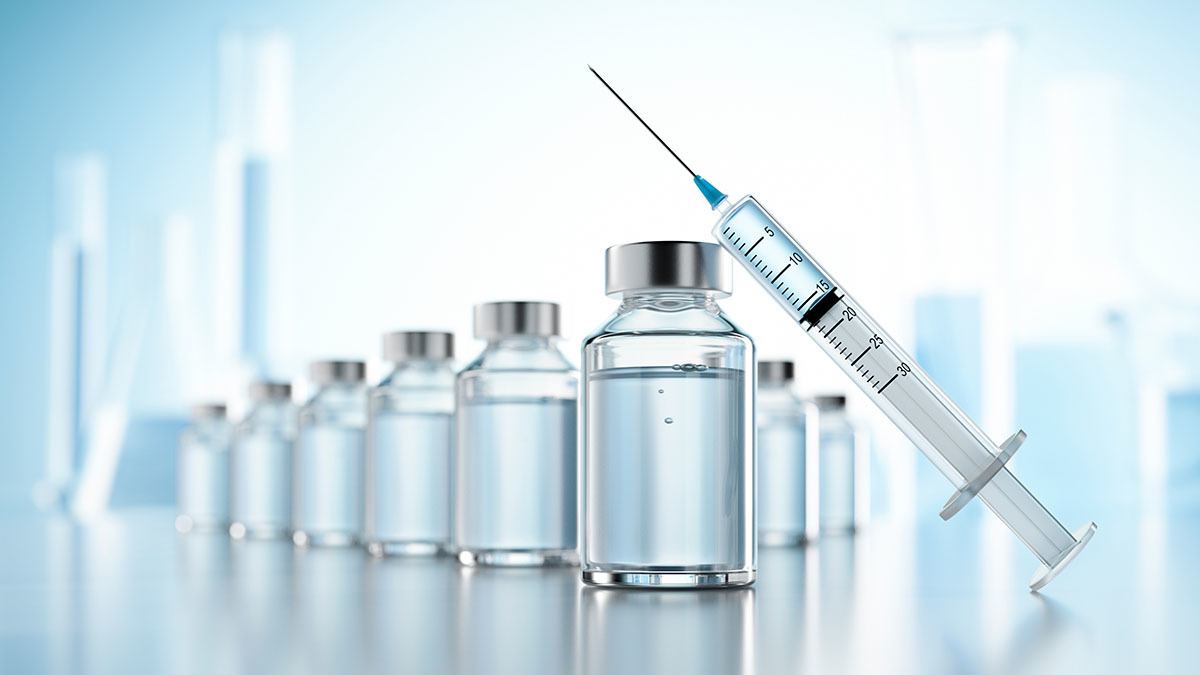USP pH Dependent Extractables Testing
The USP pH Dependent Extractables Testing is a critical analytical procedure that ensures the safety and efficacy of pharmaceutical products. This testing evaluates the extractable materials from packaging, containers, and devices used in drug delivery systems under various pH conditions. The purpose is to identify potential contaminants or leachable compounds that could adversely affect drug stability, patient health, or product integrity.
USP pH Dependent Extractables Testing adheres to United States Pharmacopeia (USP) General Chapter <a href="https://www.usp.org/resources/monographs-specifications-and-tests/usp-general-chapters" target="_blank">General Chapters</a> requirements. The testing is essential for compliance with regulatory standards and ensures that the packaging materials used in drug delivery systems are safe and stable under a wide range of environmental conditions.
The testing process involves exposing samples to different pH solutions, including acidic, neutral, and basic environments. This procedure simulates real-world conditions encountered during storage or use. The extracted compounds are then analyzed using validated analytical techniques such as high-performance liquid chromatography (HPLC), gas chromatography-mass spectrometry (GC-MS), and inductively coupled plasma mass spectrometry (ICP-MS).
The results of the USP pH Dependent Extractables Testing provide valuable insights into potential risks associated with packaging materials. This information is crucial for quality managers, compliance officers, R&D engineers, and procurement teams to make informed decisions about material selection and process optimization.
Scope and Methodology
| Aspect | Description |
|---|---|
| Packaging Materials Tested | This includes containers, closures, seals, and other components that come into direct contact with the drug product. |
| Test Solutions | The solutions used are typically prepared to cover pH ranges from 1.0 to 8.0, simulating real-world storage conditions. |
| Exposure Time | The samples are exposed to the test solutions for a duration specified by USP guidelines, usually ranging from several hours to days. |
| Analysis Techniques | Validation of analytical methods is performed prior to testing. Common techniques include HPLC, GC-MS, and ICP-MS. |
| Data Analysis | The extracted compounds are identified and quantified based on their retention times, mass spectra, or elemental signatures. Compliance with USP limits is determined by comparing the results to established thresholds. |
Customer Impact and Satisfaction
The USP pH Dependent Extractables Testing service significantly impacts customer satisfaction by ensuring product safety, regulatory compliance, and quality assurance. Quality managers benefit from this testing as it provides critical data for decision-making regarding packaging materials. Compliance officers can use the results to ensure adherence to stringent regulations like those set forth in USP General Chapters.
R&D engineers gain valuable insights into potential risks associated with new materials or design changes, allowing them to optimize formulations and processes. Procurement teams are empowered to select suppliers who meet rigorous testing standards, thereby reducing the risk of non-compliance issues.
Environmental and Sustainability Contributions
The USP pH Dependent Extractables Testing service contributes positively to environmental sustainability by promoting the use of safe and reliable packaging materials. By identifying potential extractable compounds that could leach into the environment, this testing helps minimize risks associated with improper disposal or accidental contamination.
Through rigorous testing and stringent quality control measures, the service supports sustainable practices in pharmaceutical manufacturing, ensuring that only safe and environmentally friendly materials are used. This approach not only protects public health but also aligns with broader sustainability goals within the industry.





